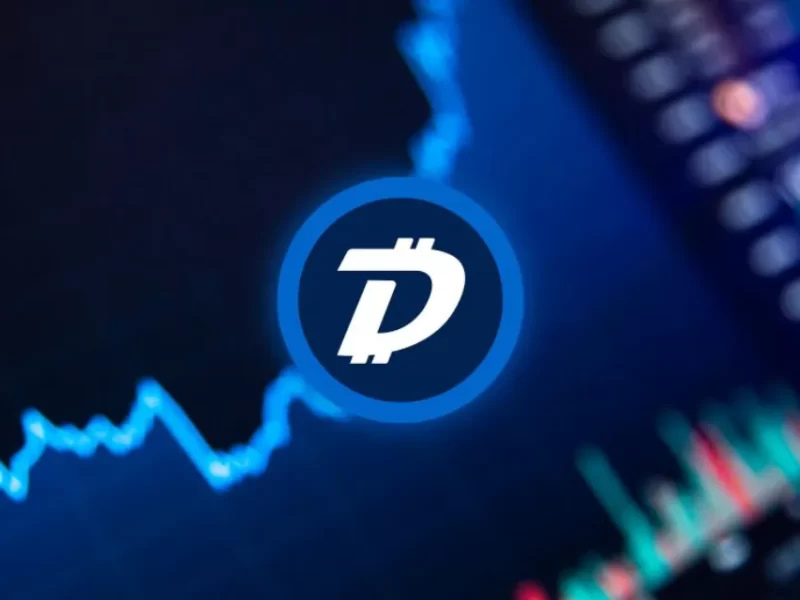“Nirvana” is an algorithmic stablecoin protocol based on the Solana blockchain network designed to protect against hyperinflation.
The project uses a dual token system: ANA, an algorithmic super stablecoin that acts as a store of value; and NIRV, a decentralized super stablecoin that is generated by ANA as collateral.
What is Nirvana ANA?
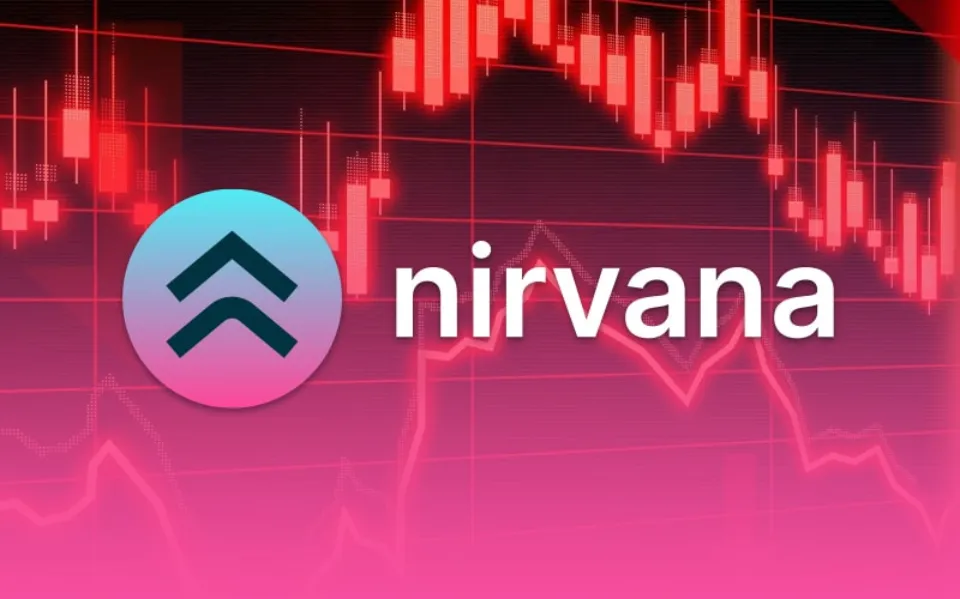
Data from the official website shows that the price of ANA once soared from $3.6 to $20, with a maximum increase of 455%, and is currently at $19.1. The price of ANA recycling floor also increased by 365%, from $1 to $4.65. At present, ANA has 1.966 million circulating volumes, a circulating market value of $37.55 million, and an annualized yield of ANA pledge is close to 300%.
In the recent heated discussion around algorithmic stablecoins, “Is there a bug in Nirvana’s mechanism” and “Will Nirvana become a game-breaker in this track” frequently appear, which will also be the focus of this article.
Nirvana project rule design & Gameplay
Below, we combine cases to help you understand the “Nirvana” project rule design and related gameplay.
Users must first sign up for an account on the official website (https://app.nirvana.finance/), connect to the Solana wallet address, and then buy ANA tokens using one of the five stablecoins the system supports (USDC/USDT/USDH/UST/NIRV).
The ANA token is a highly volatile (risky) investment product created by the Nirvana protocol for sustainable returns and high annual percentage yields (APY). ANA’s initial listing price was close to $10, then it quickly dropped to $3.1, and it recently shot up sharply to the current $19.
Nirvana ANA Price
As previously mentioned, ANA has a Floor Price, which is currently $4.65. This means that when the ANA price drops below $4.65, users can sell their ANA tokens back to the protocol at $4.65, thereby reducing losses (equivalent to the protocol setting the lowest market price for ANA); What supports the recovery of the agreement is the reserve value of the agreement, which is currently $19.11 million (marked in the figure above), and the floor price and reserve will be disclosed separately.
After obtaining ANA tokens, users can click the “Stake & earn” function to stake ANA to obtain income, and the current annualized yield is close to 300%; Staking rewards come in the form of special tokens: pre-ANA or prANA (taken from the Sanskrit word for “life”).
prANA is a special financial instrument that is an option with a dynamic strike price, i.e. prANA tokens give its owner the right to purchase ANA at the reserve price at the moment. Simply put, the price of an ANA is currently $19.1, the floor price is $4.65, and holders of prANA can purchase an ANA by paying 1 prANA plus $4.65 (Note: The protocol will then burn prANA tokens). This results in a net profit of $19.1-4.65 = $14.45, which is the source of mining income.
Nirvana ANA prANA rewards
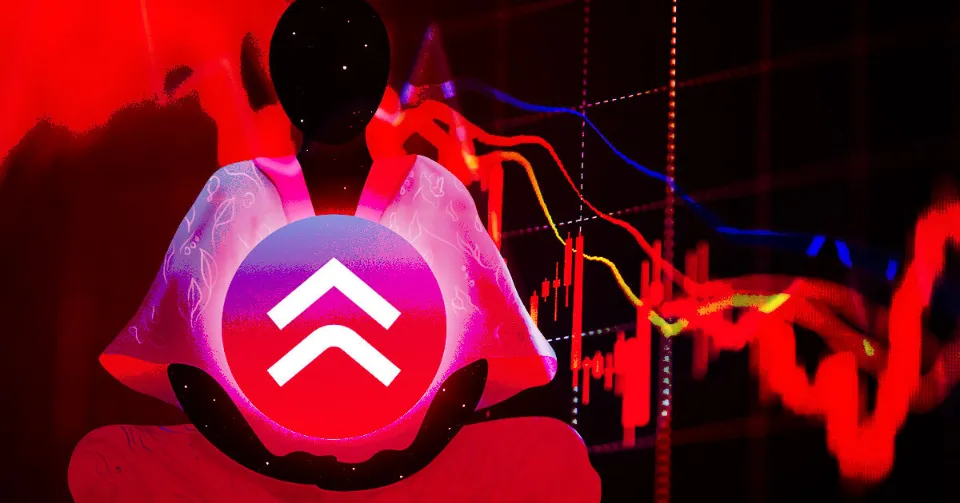
prANA rewards are allocated once per epoch, prANA reward quantity = ANA supply * reward coefficient, as the ANA supply increases, the reward will also increase; The amount of prANA received by an individual account depends on the proportion of staked ANA held by the account in the total staking.
Secondly, after the user stakes ANA, he can also use the pledged assets for loans, in which case he only needs to click the “Get/Repay NIRV” function. The system will give the user up to 465 NIRV tokens if the user stakes 100 ANAs at a market price of $19.1 and a floor price of $4.65. In this case, the user can borrow a total of $465 ($100*4.65=$465).
Is Nirvana Worth It?
The value of the NIRV token, also known as a super stablecoin or Nirvana protocol stablecoin, is supported by the ANA floor price. As long as the agreement ensures that ANA will eventually recover at the reserve price, NIRV lending will never result in liquidation, and NIRV prices will remain stable. Therefore, the official Nirvana agreement is zero-liquidation risk lending.
Finally, after the user obtains the NIRV token, he can return to the first step and buy the ANA token again with the NIRV token, secondary pledge, secondary lending… to form compound interest. As long as the protocol persists, this approach is basically risk-free.
Nirvana Protocol Features
This section describes the last feature on the Nirvana protocol”Nirvana buyback” (recycling). Users can use this feature to sell every ANA token back to the protocol at the current floor price without any slippage when the price of ANA tokens falls sharply and below the floor price.
Of course, the chances of this happening are slim because the Nirvana protocol invented a virtual AMM mechanism that encodes ANA’s floor price into its pricing function. This AMM promises that ANA won’t be bought for less than the reserve price and that there will be enough money to buy it back at the reserve price.
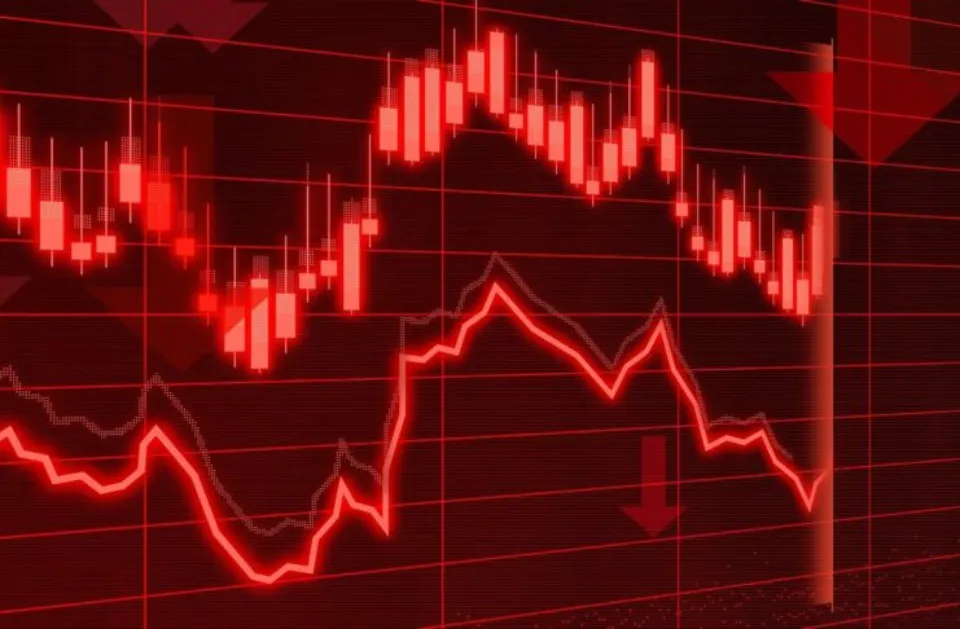
The central mint of ANA is linked to the Nirvana protocol-owned market (POM). Instead of locking unused ANA tokens in a traditional AMM pool, POM holds virtual ANA. When a user purchases a new ANA, the POM promptly creates an ANA token; when the ANA’s owner sold it back to the POM, the ANA was destroyed and eliminated from circulation. Additionally, no ANA pools are available for purchase in the POM as each unused token requires liquidity at the floor price.
The Nirvana POM does not require ANA or liquidity above ANA’s current market price, unlike traditional AMMs, which require funds to be locked up for both tokens at all possible prices. As a result, this POM model has the highest level of capital efficiency. P Only at a price below the current spot price of ANA does OM concentrate liquidity, giving those who sell back ANA a market.
In plain English, when someone purchases ANA, the money they pay enters the reserve and provides liquidity for those who sell ANA back. Conversely, when someone sells ANA to a POM, they receive some market liquidity and their ANA burns.
It should be noted that the reserve does indeed exist to guarantee that ANA can be recycled at the reserve price, which is also the biggest core competitiveness of the agreement.
In order to provide such assurances, the risk of the reserves must be extremely low, to the point where theoretically close to “zero risk” is possible. As a result, the Nirvana protocol only permits stablecoin purchases at the time of the initial ANA purchase, lowering system risk. Additionally, by accepting a variety of stablecoins, ANA’s intrinsic value becomes unrelated to any particular stablecoin.
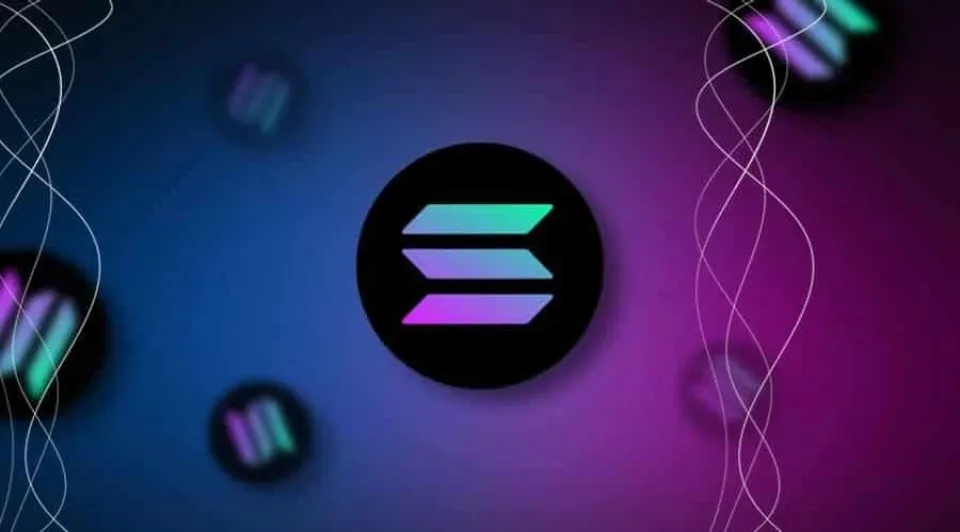
What You Should Pay Attention About the Nirvana Price
Regarding the ANA reserve price, one thing to emphasize: the agreement stipulates that the reserve price will continue to rise over time and will never fall. The floor price increase must satisfy the following requirements: before the floor price is raised, a minimum liquidity level around the current market price must be guaranteed; this liquidity level must reach 30% of the total reserve assets; when the liquidity threshold that supports the price is reached, part of the reserves are reallocated to raise the floor price; this reduces the liquidity supporting the price to 25% of the total reserve value; and so on, continuously raising the floor price.
It sounds a bit complicated, but to sum it up: total reserves must meet both the conditions for floor price recovery and the minimum liquidity of the current market price, and the remaining reserves will be taken out to increase the floor price.
Conclusion
In general, the Nirvana protocol is a good innovation in the current DeFi market: high yield provides a good place for on-chain funds, while ensuring the liquidity of AMA through the design of virtual AMM mechanism, and supporting the stability of NIRV tokens with a basket of stablecoins. More importantly, the team asserts that ANA tokens are generated completely autonomously by the market and that the team does not receive any distribution because the project is fully decentralized.


